Polynesian Influence on Hawaiian Natural History
Thomas S. Dye (tdye@hawaii.edu)
19 February 2025
Public Availability
The slides for this lecture are publicly available:
http://tsdye.online/natural-history/hawaii-natural-history.html
Chronological Framework
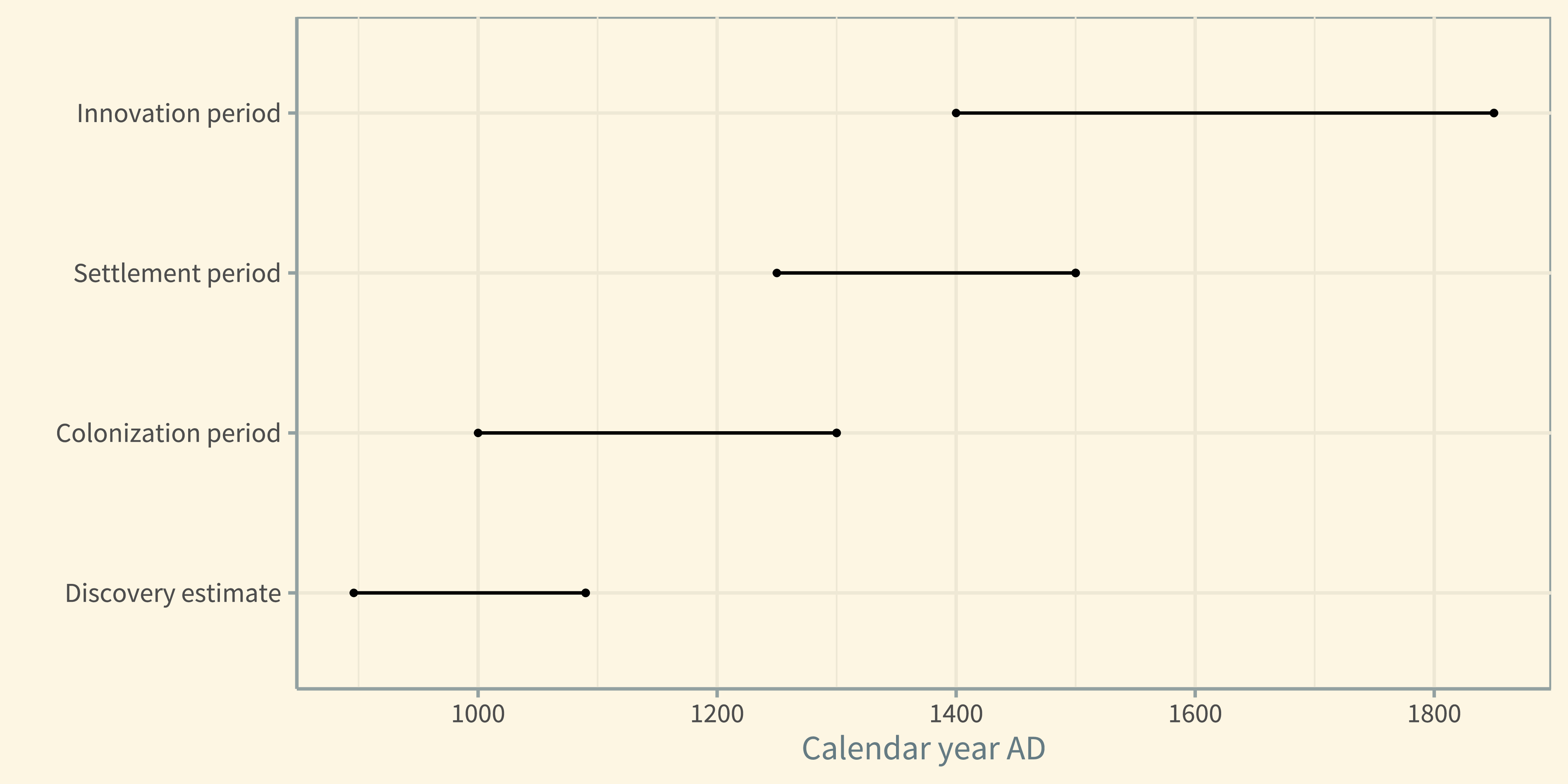
Discovery (ᴀᴅ 900–1100)
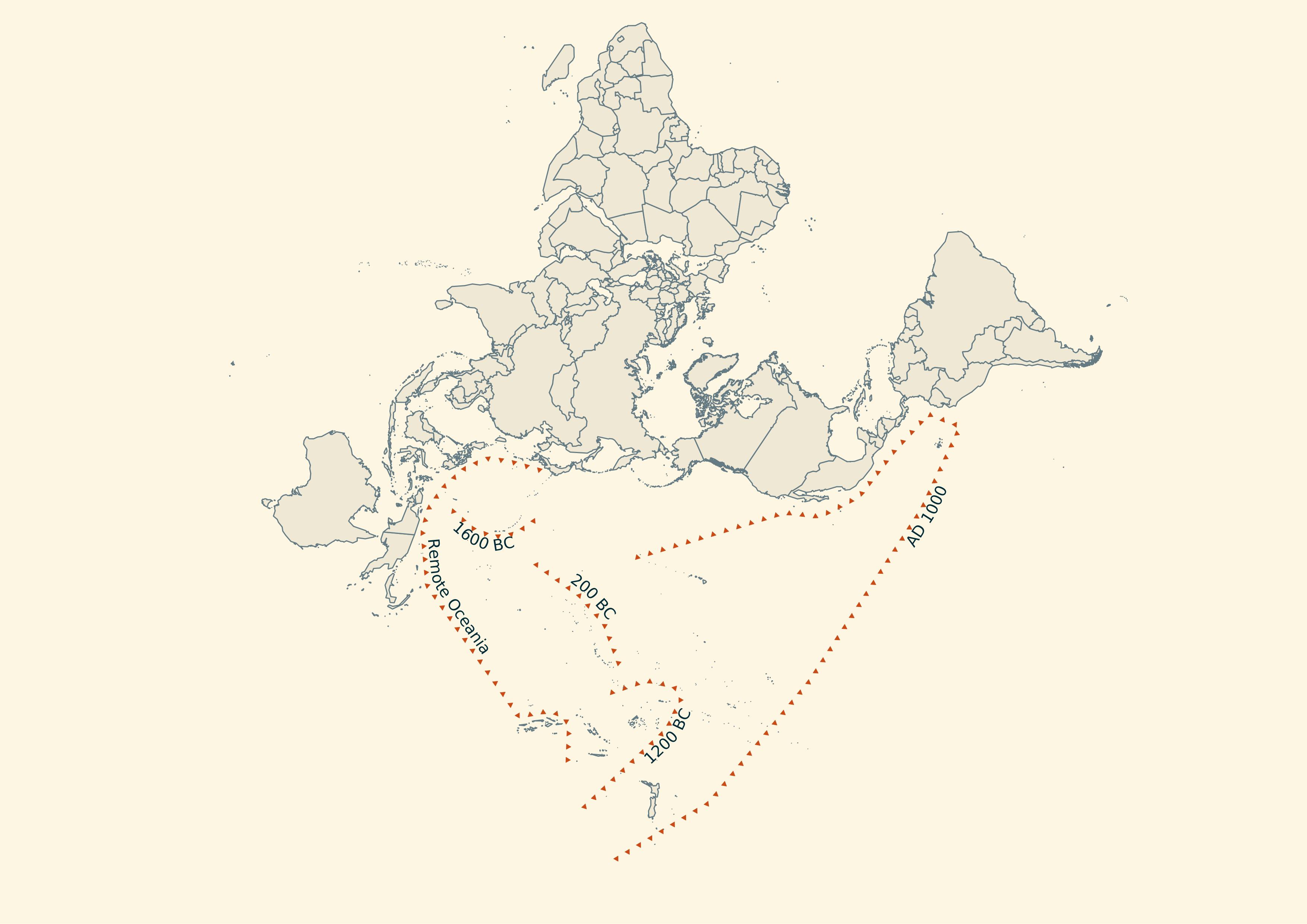
Estimates of Polynesian Discovery
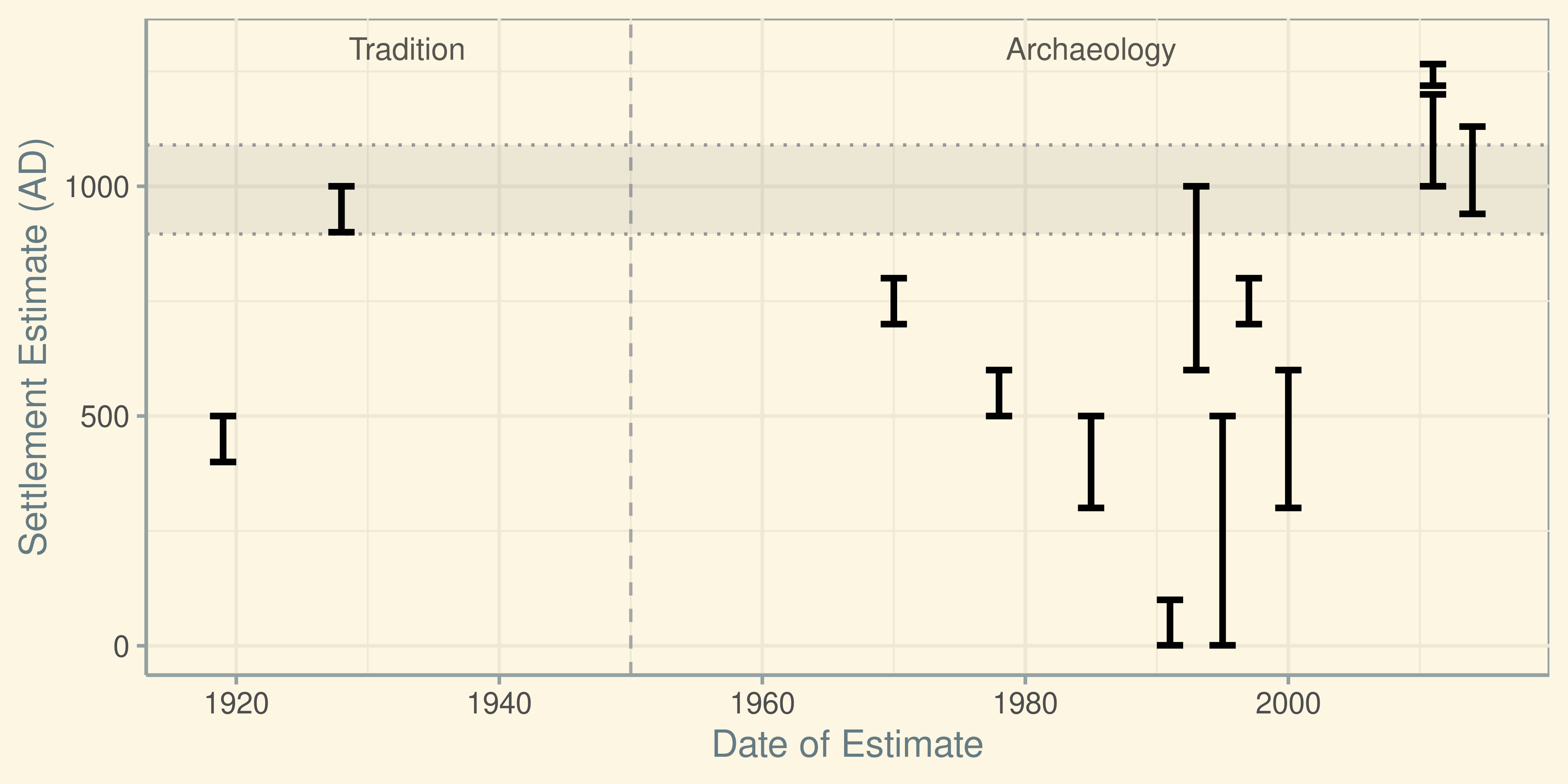
Colonization Period (ᴀᴅ 1000–1300)
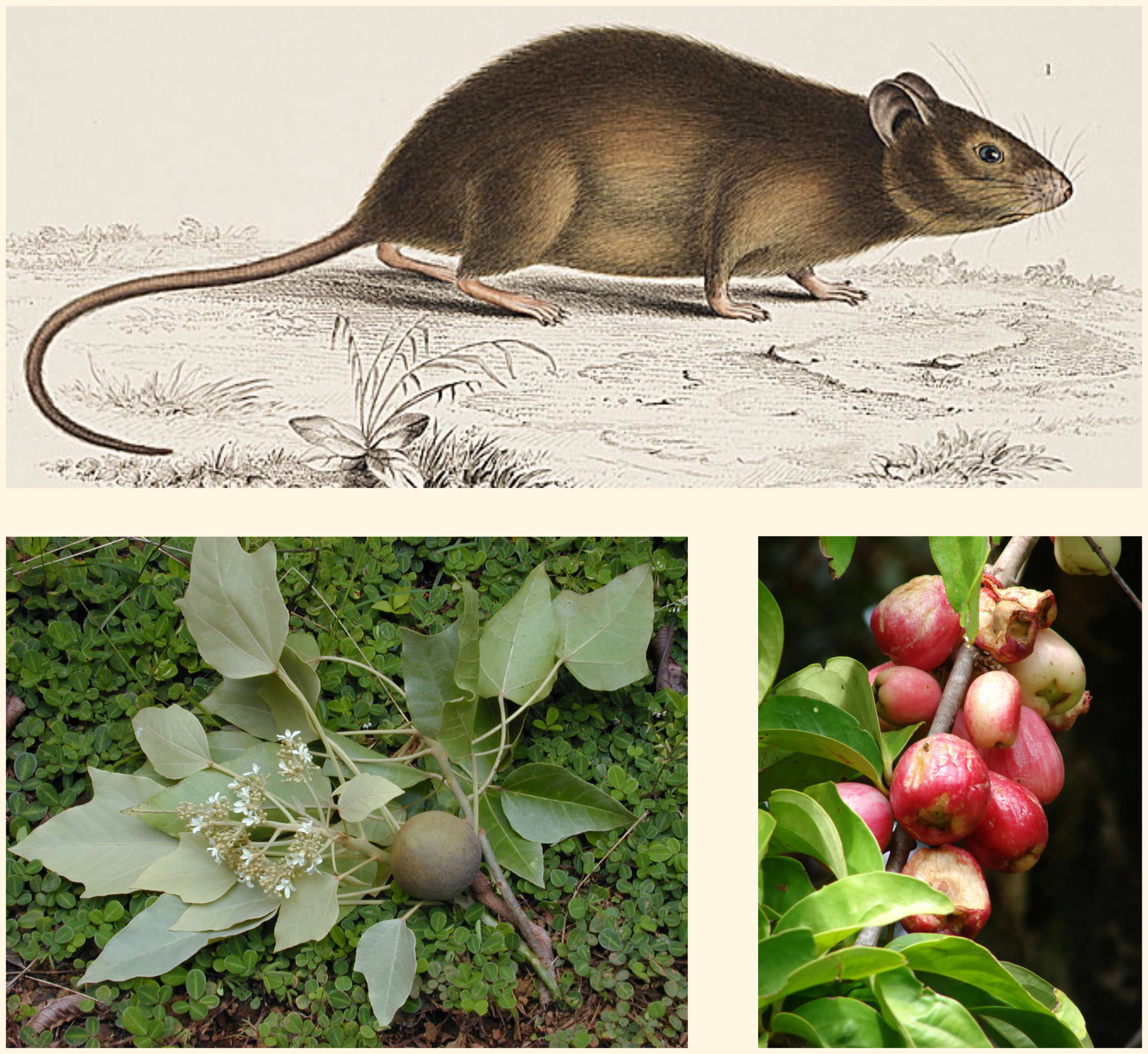
Timing of Polynesian Introductions
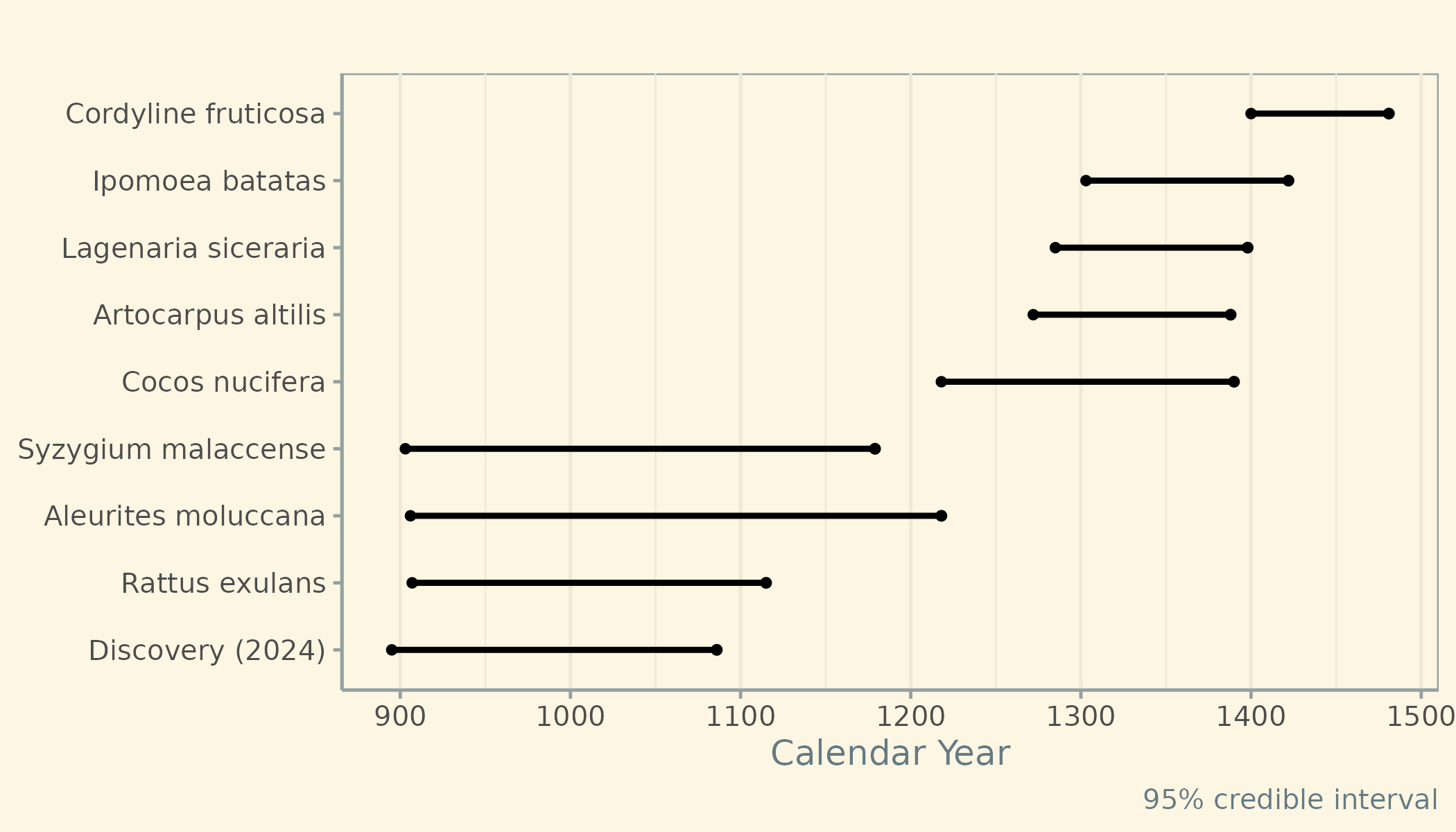
Long Voyage Hinders Colonization Effort
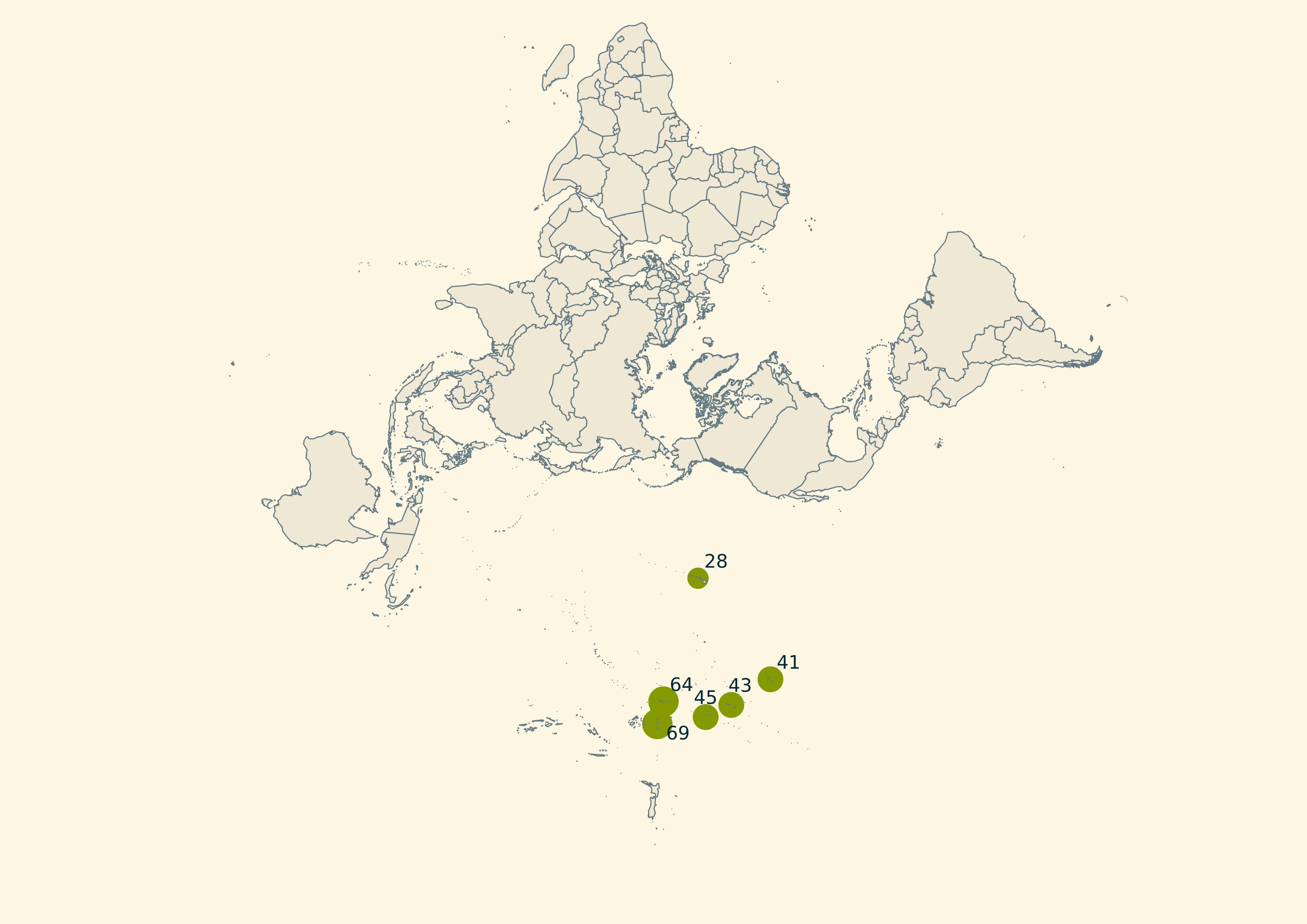
Early Site Locations

Dates of Early Sites
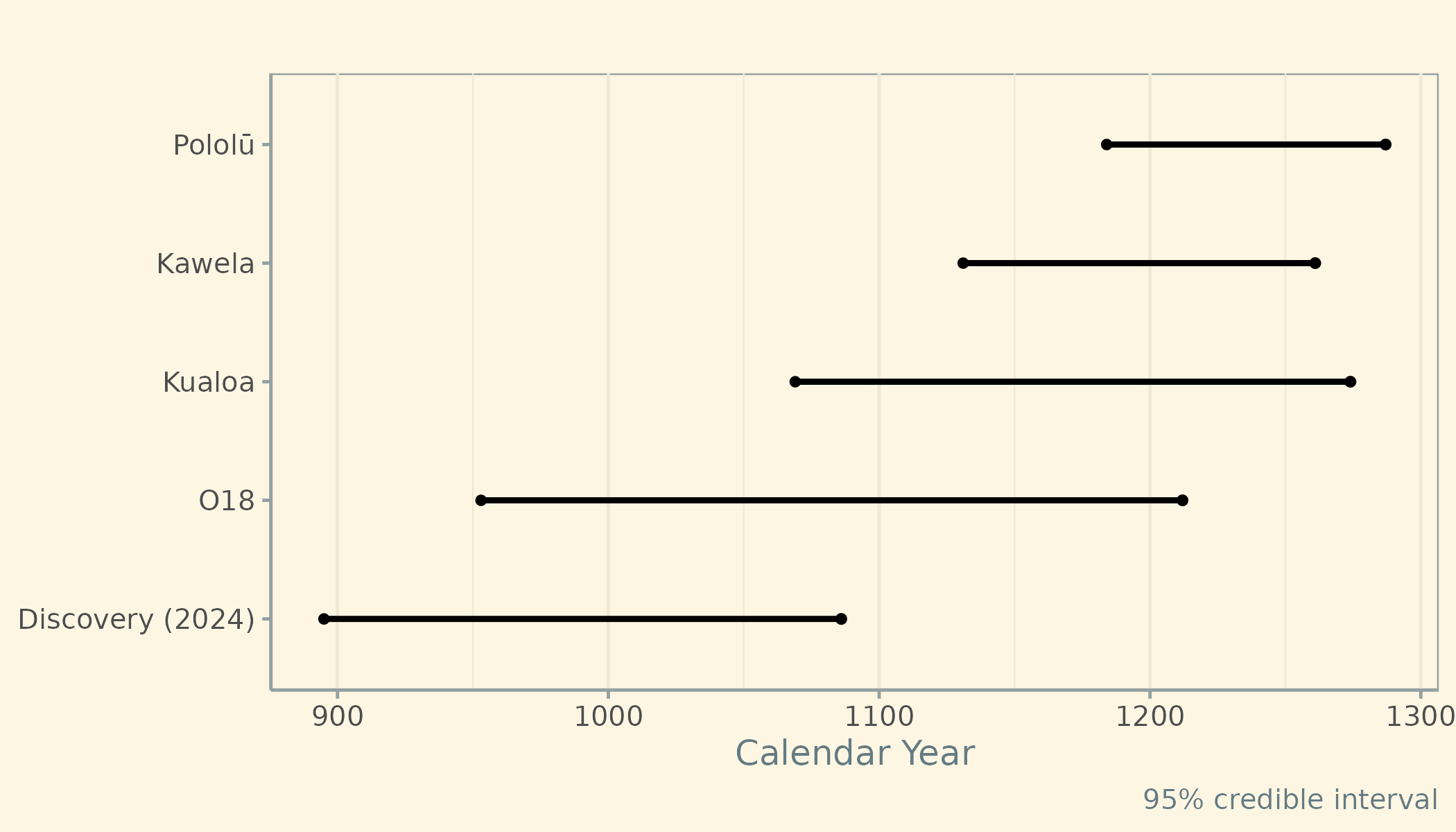
Effects of Colonization on Natural History
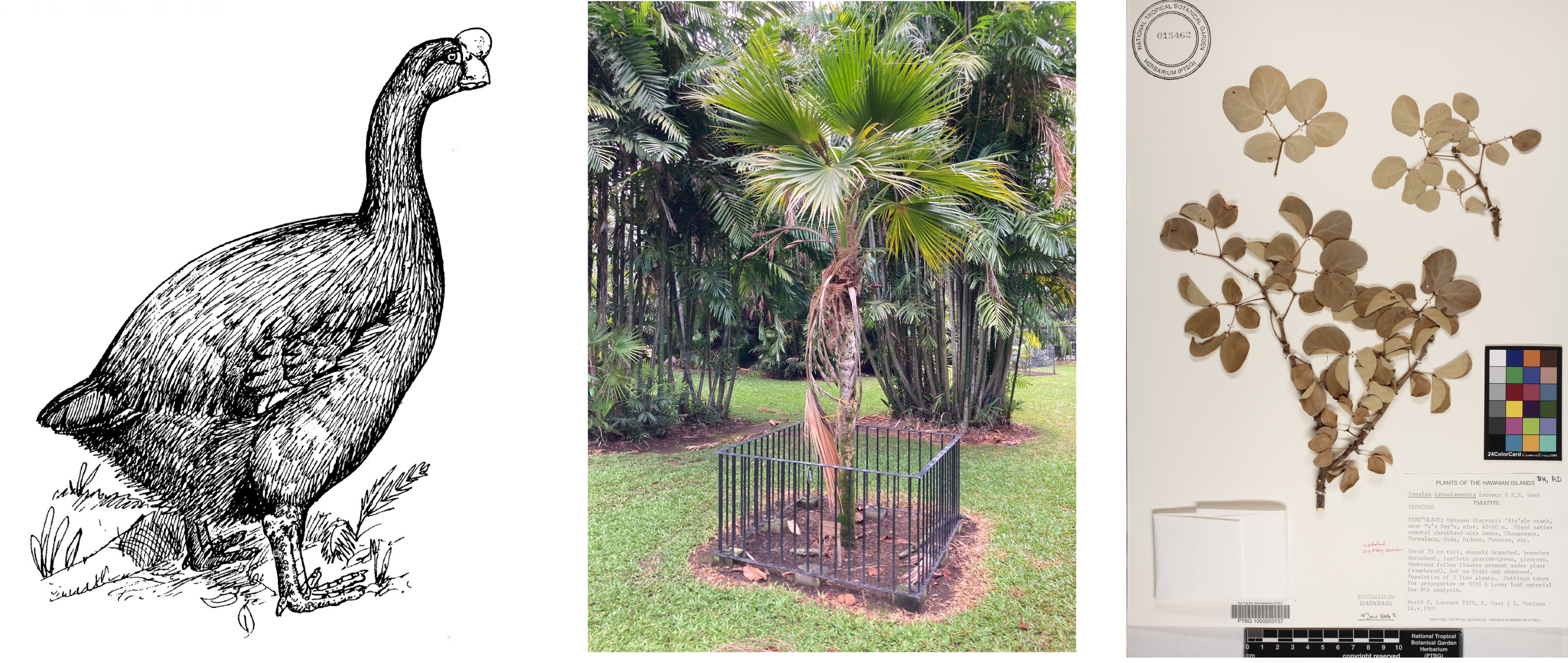
Settlement Period (ᴀᴅ 1250–1500)
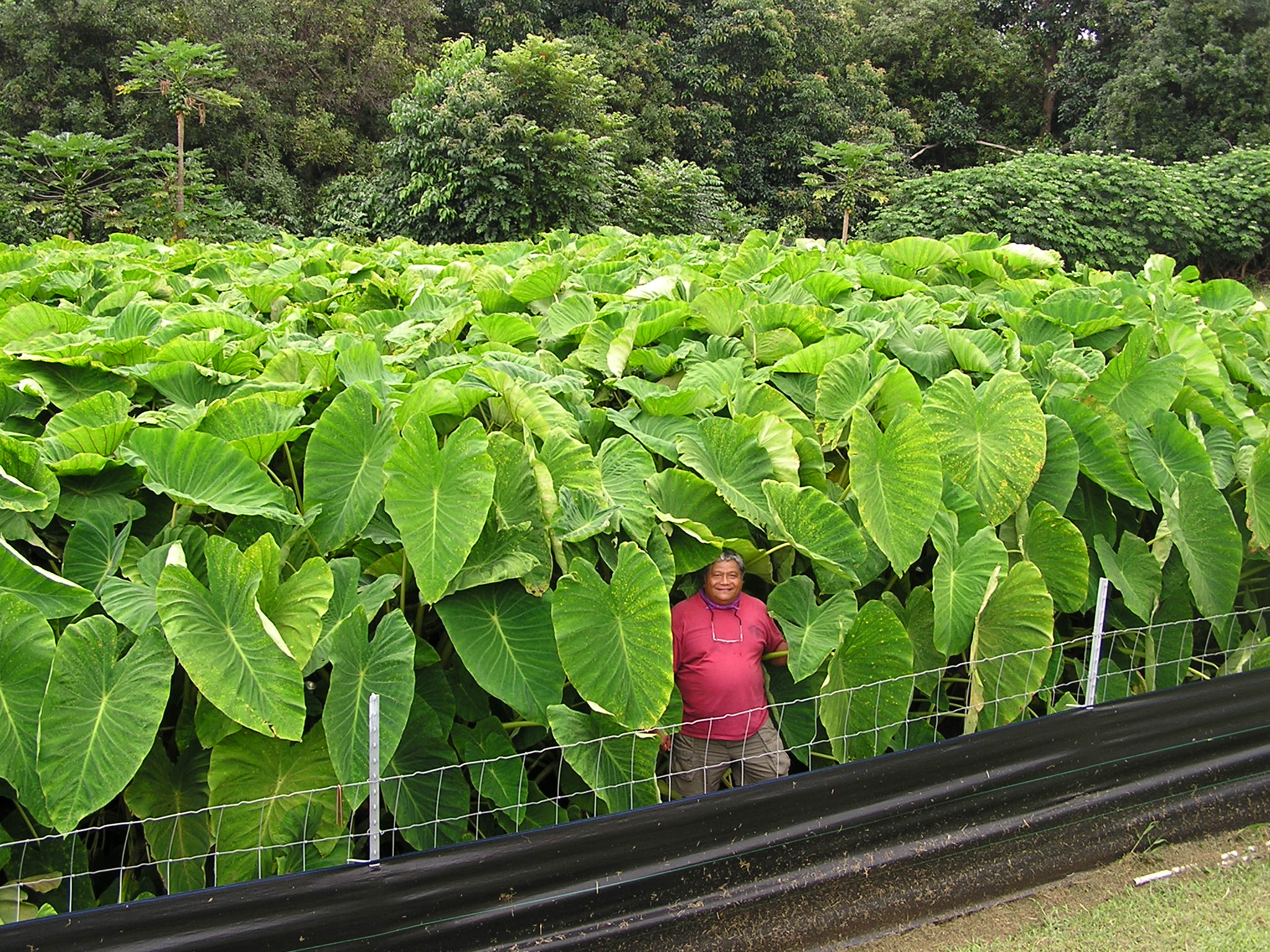
Abandoned Loʻi at Mānoa, Kauaʻi
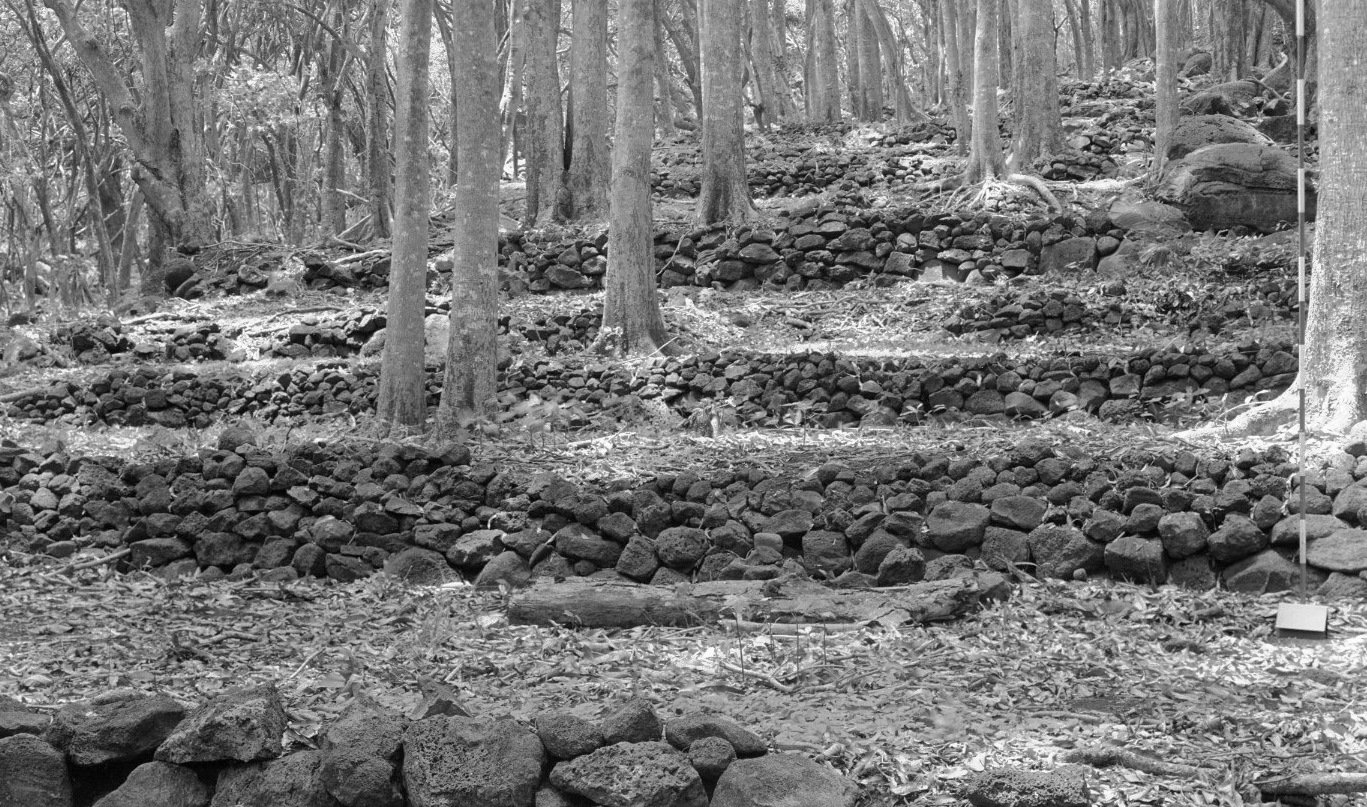
Hydraulic Engineering of Loʻi
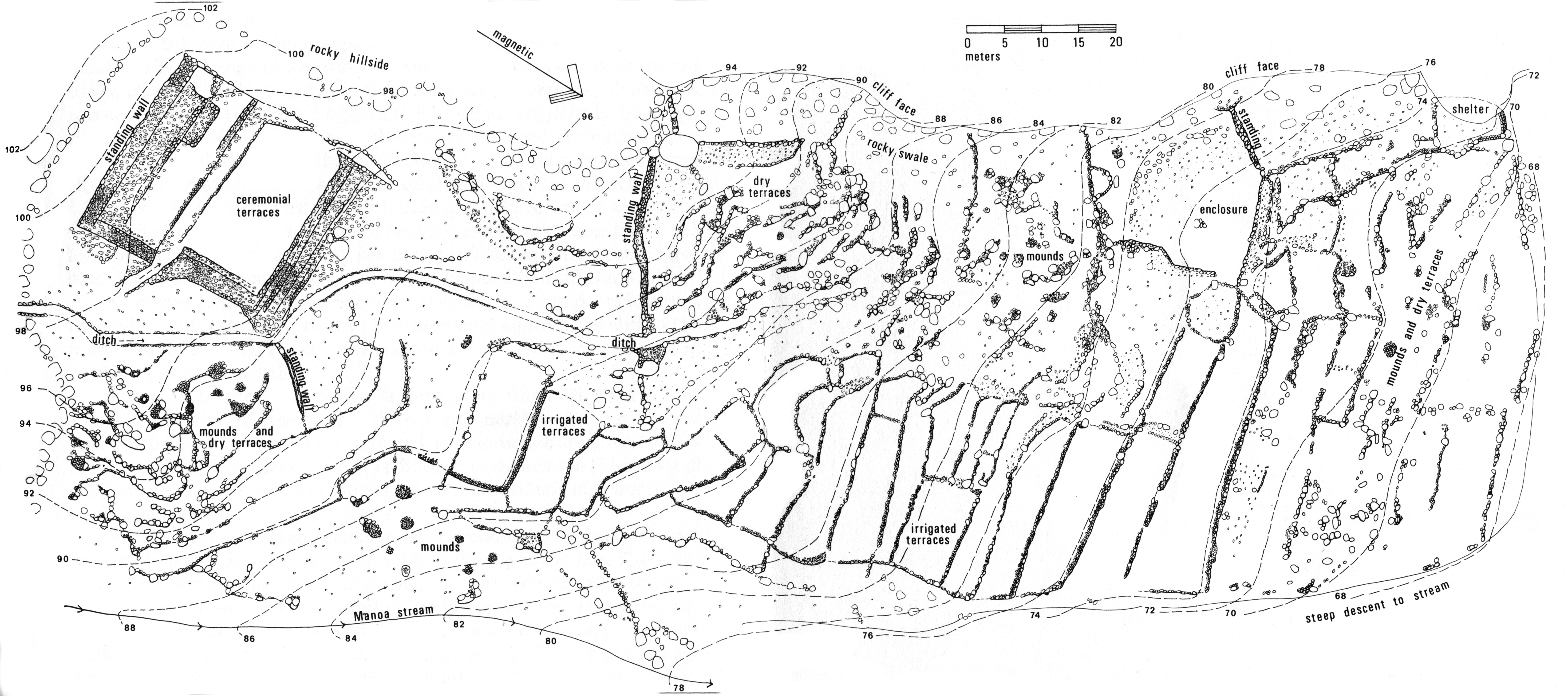
Chronology of Loʻi Construction
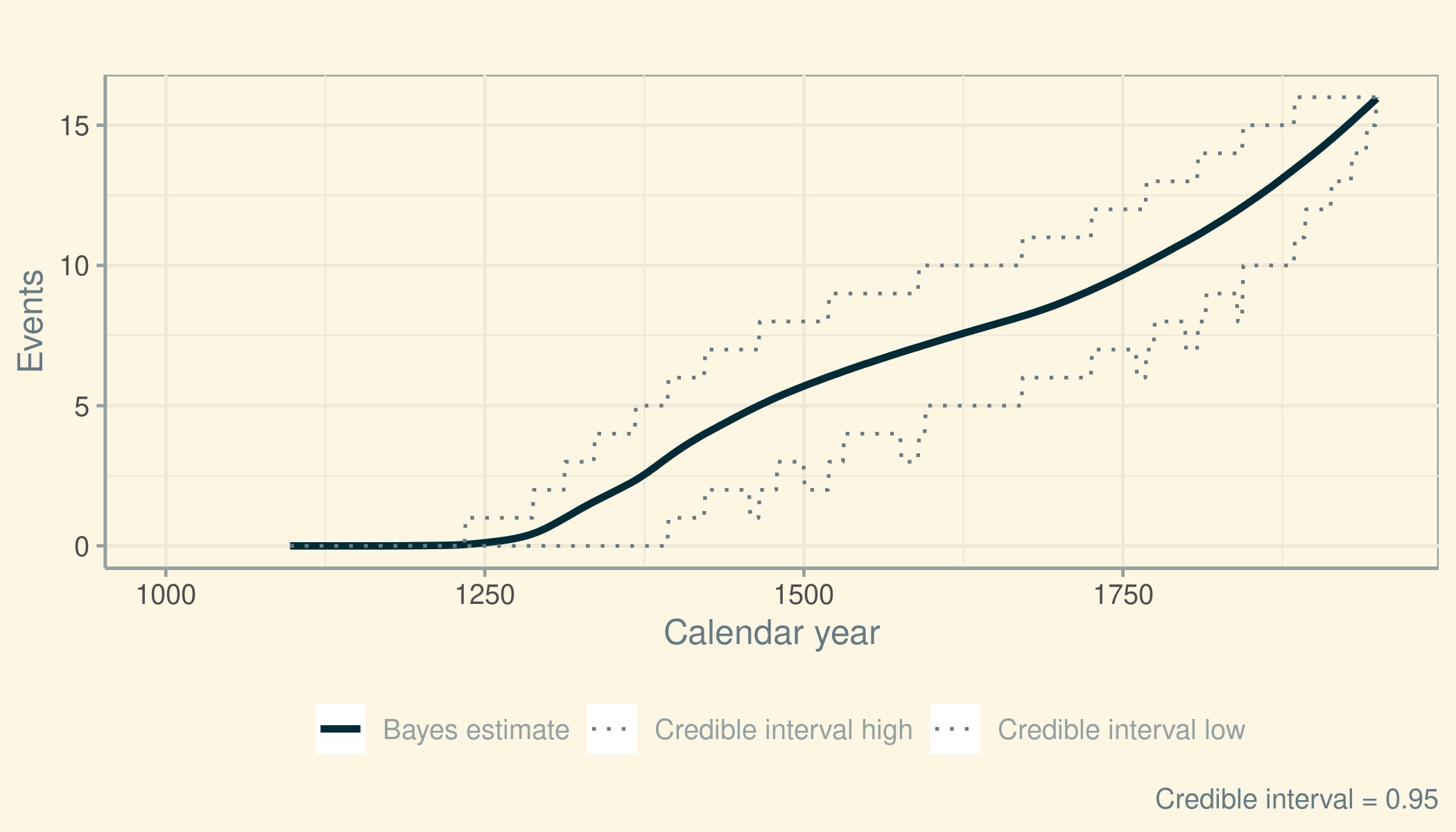
Irrigated Agriculture
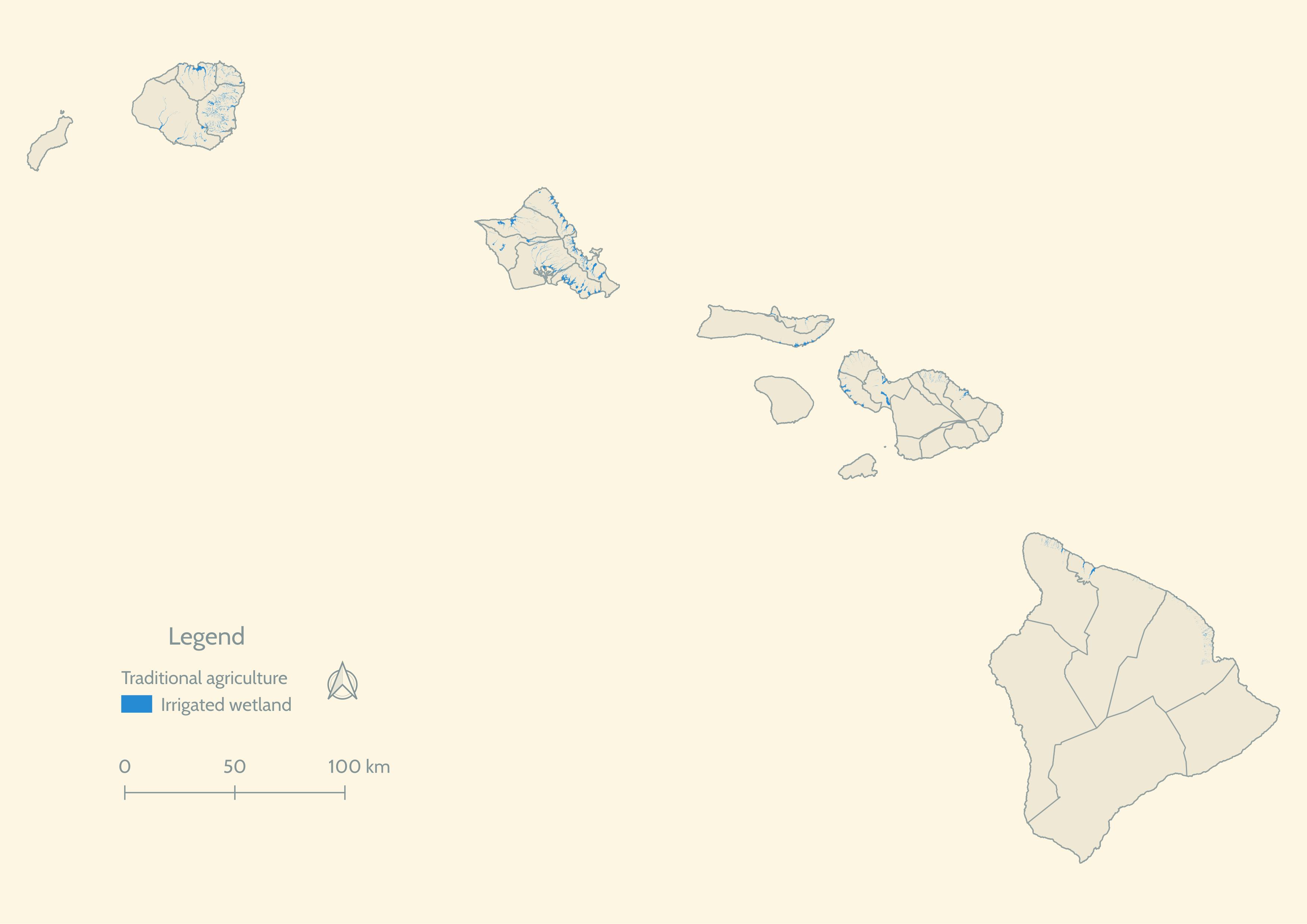
Transporting the Polynesian Forest
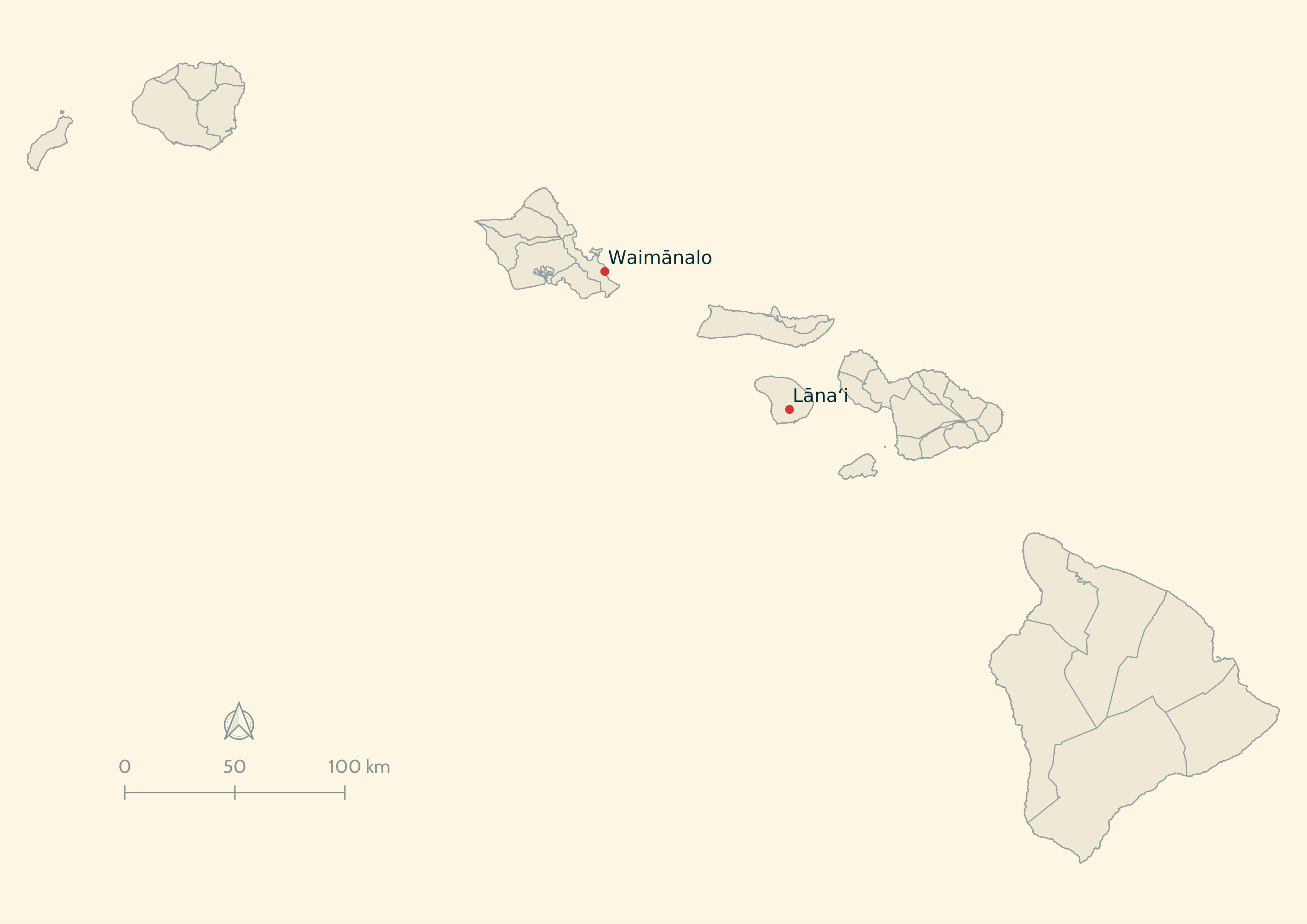
Fire-pits at Waimānalo and Lānaʻi
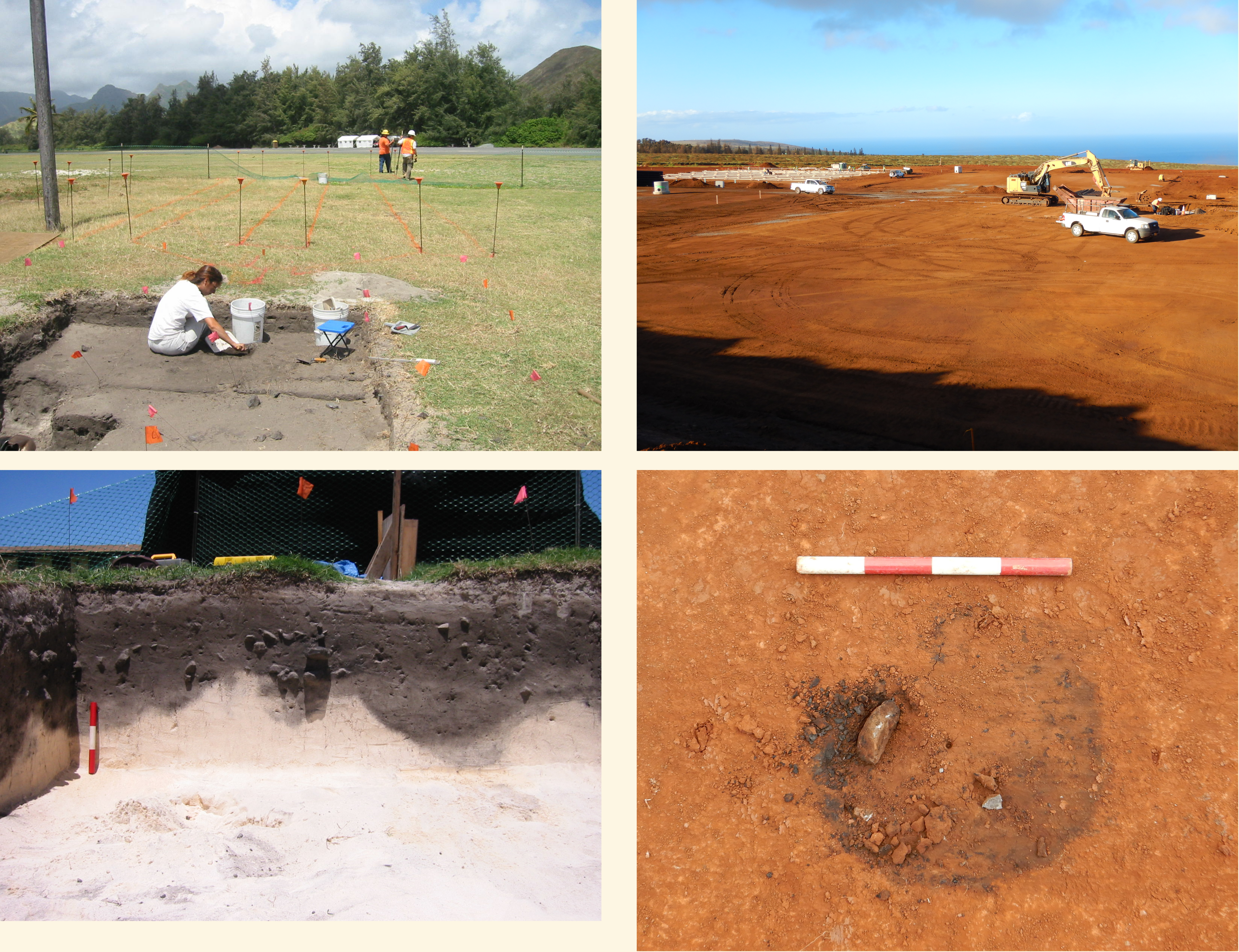
Importance of canoe plants as firewood
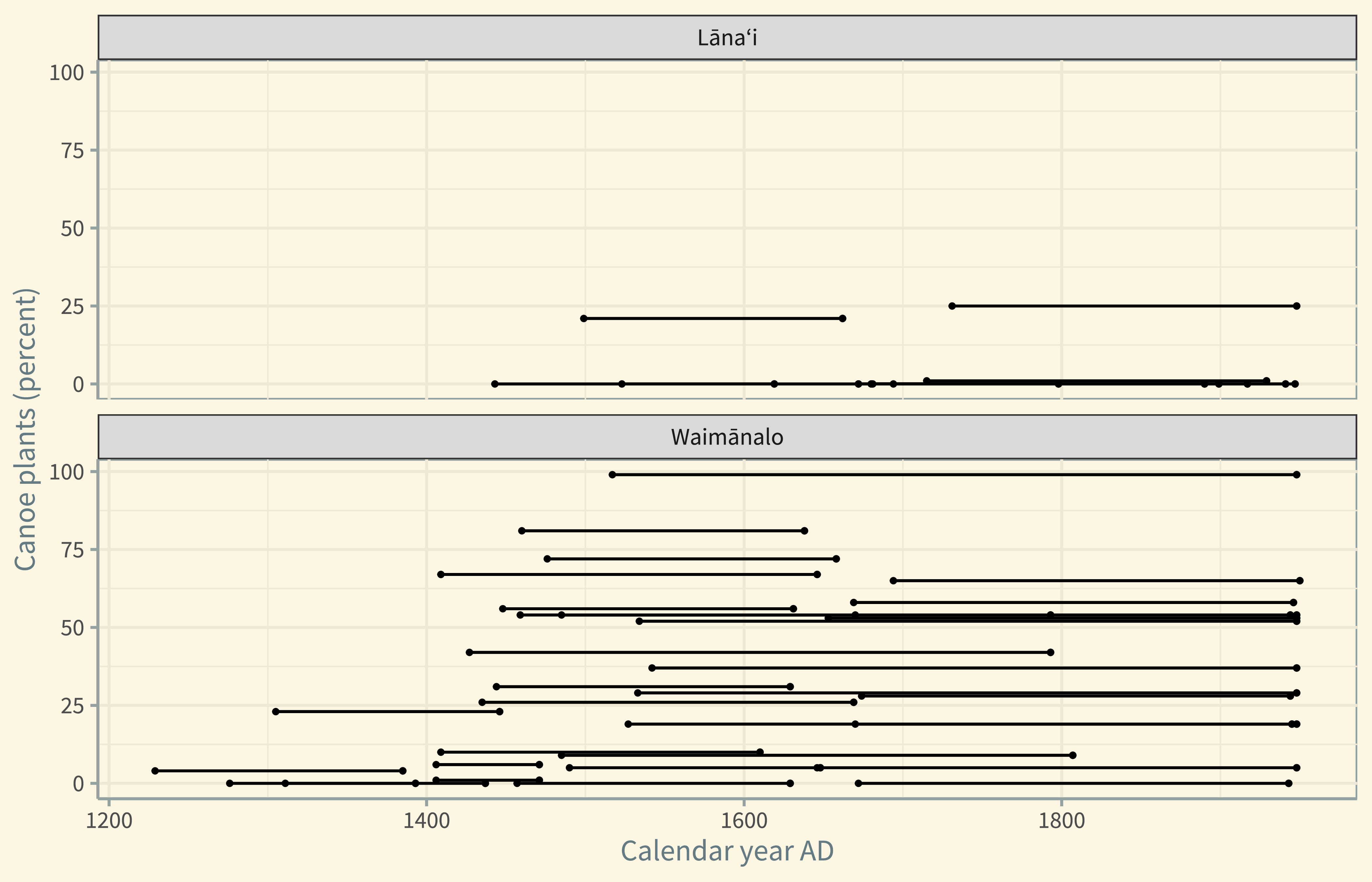
Innovation Period (ᴀᴅ 1400–1850)
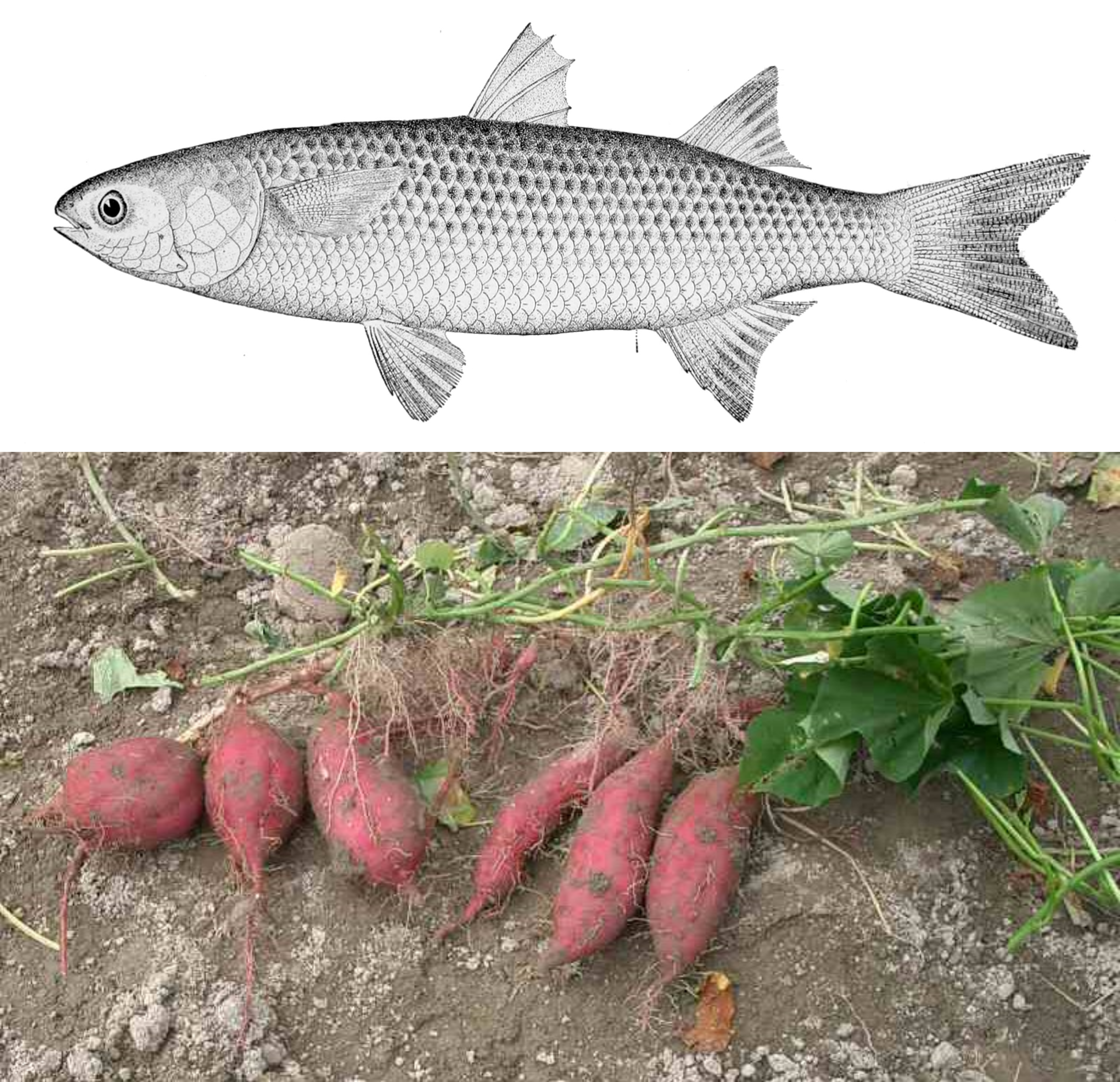
Coastal Fishponds around Hawaiʻi
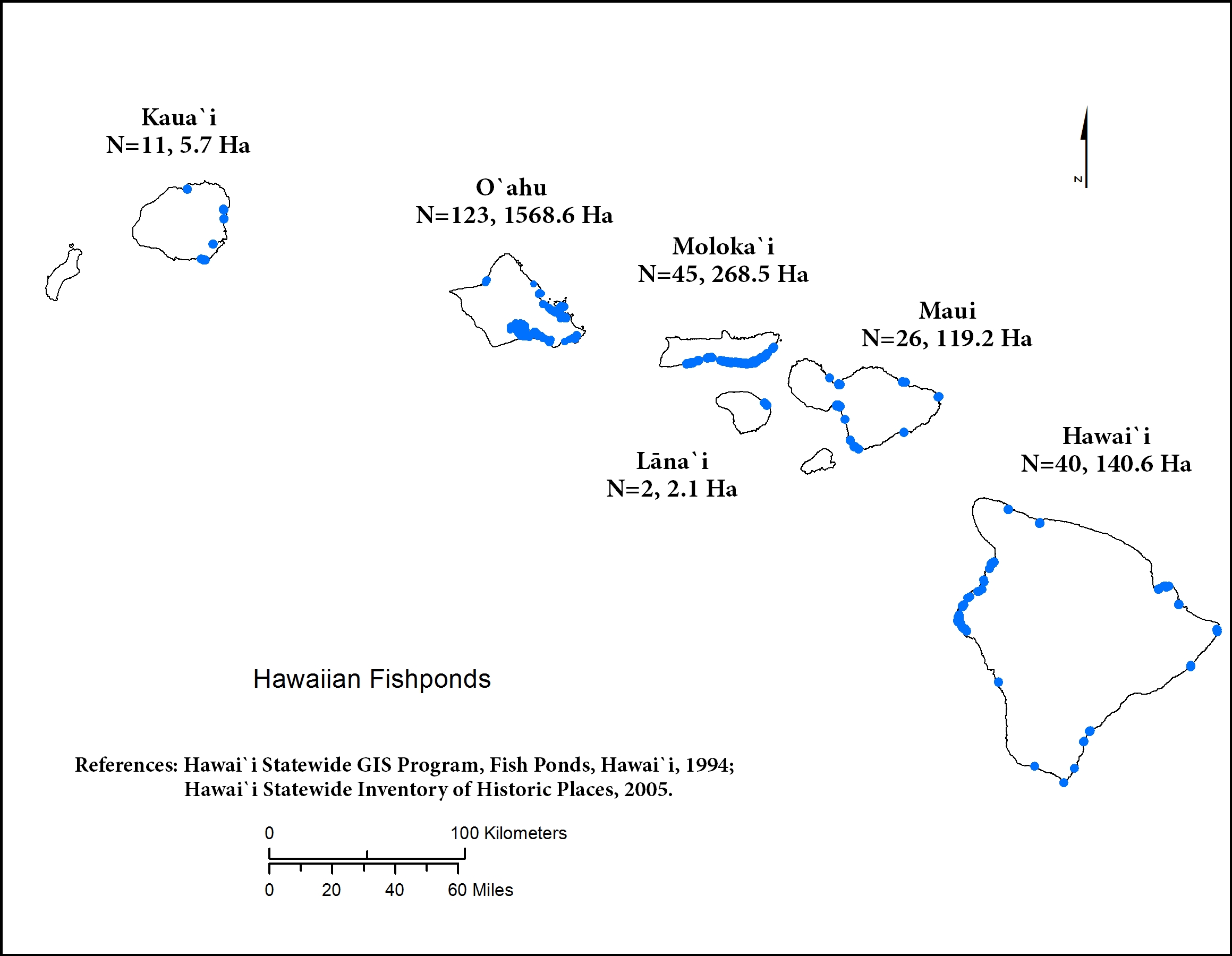
Coastal Fishponds on Oʻahu

Fishpond Development at Kawela, Molokaʻi
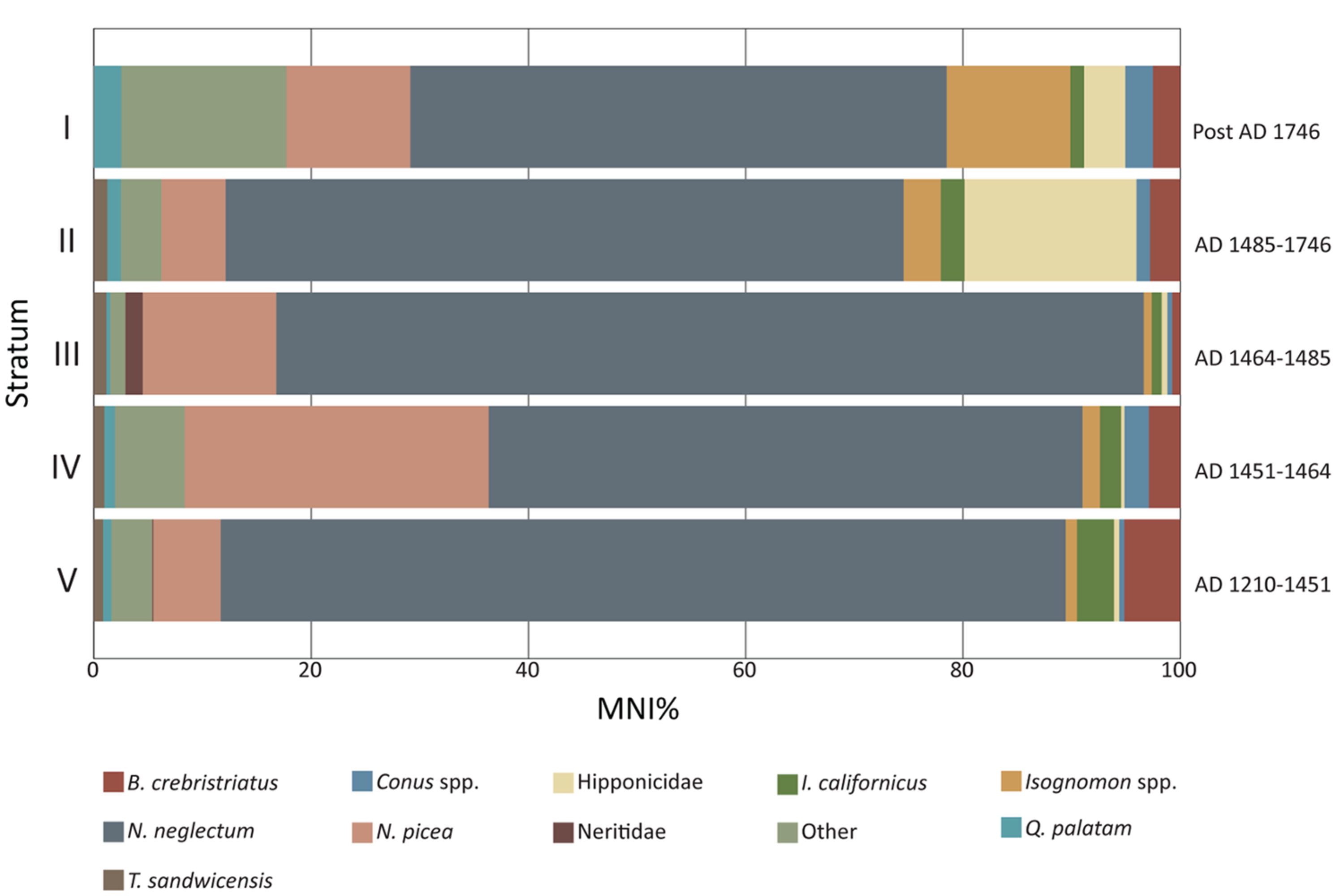
Leeward Kohala Field System
Pig Herds Raised on Sweet Potato
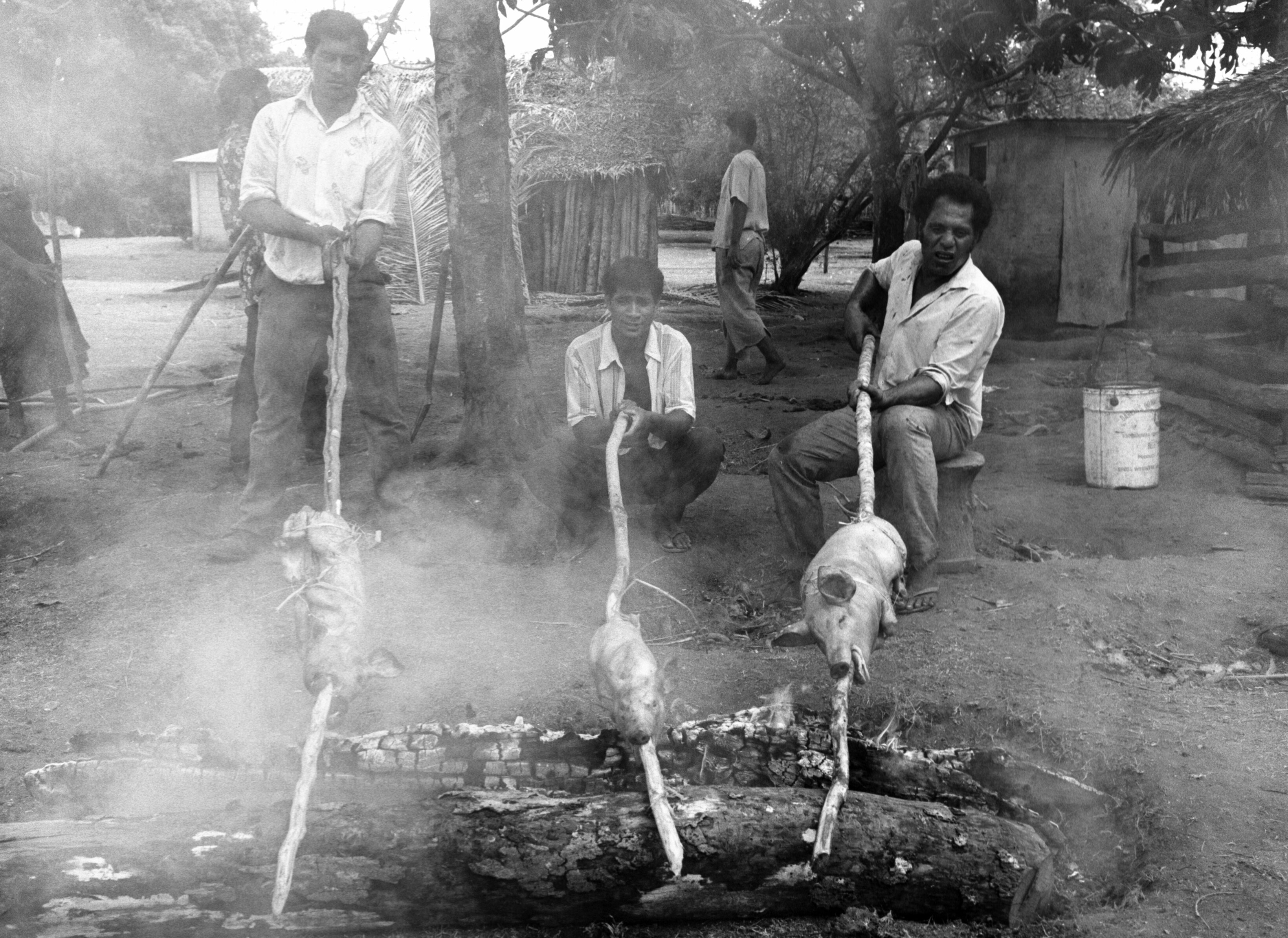
Leeward Kohala Field System on Google Earth
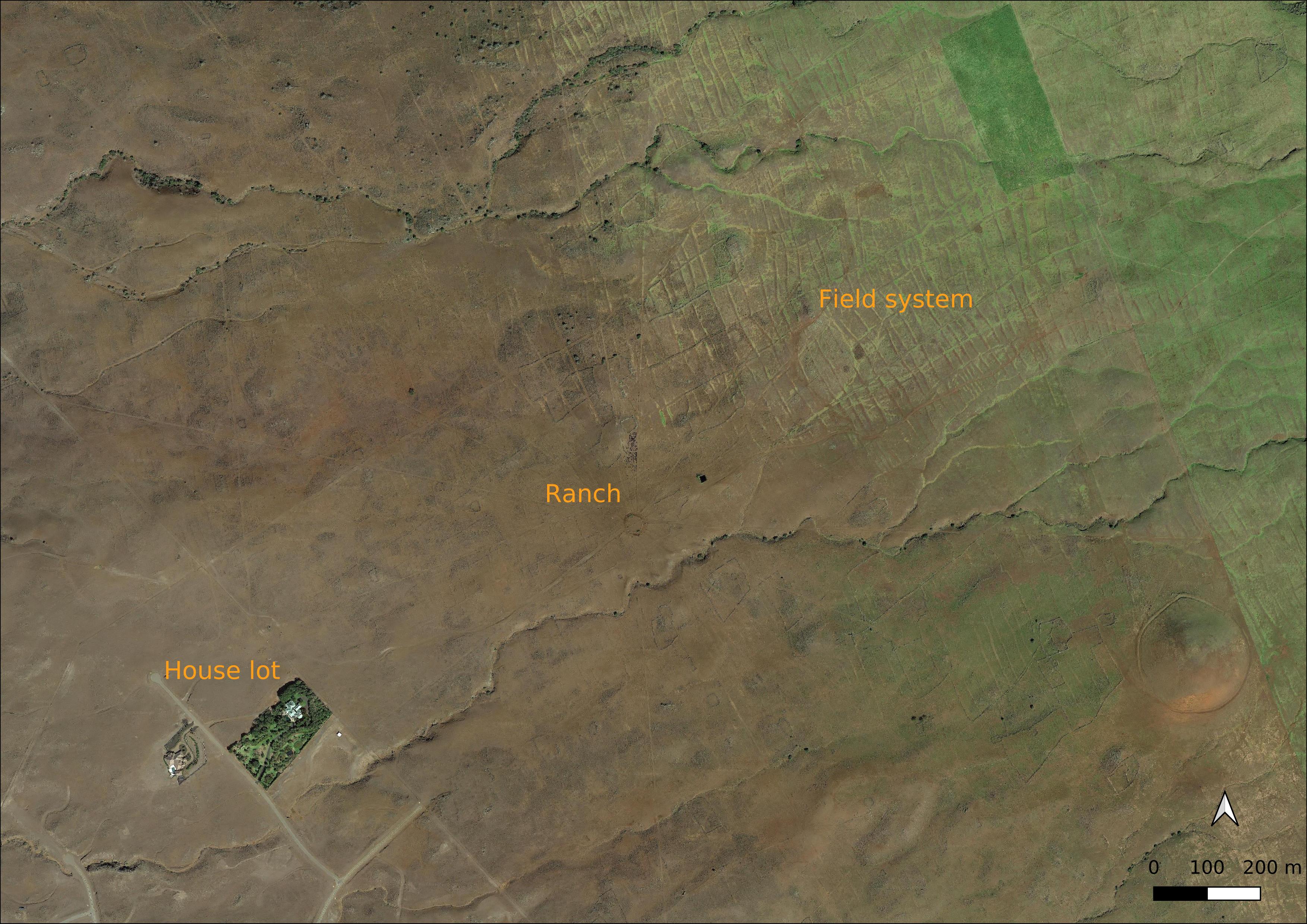
Leeward Kohala Field System on LiDAR Image
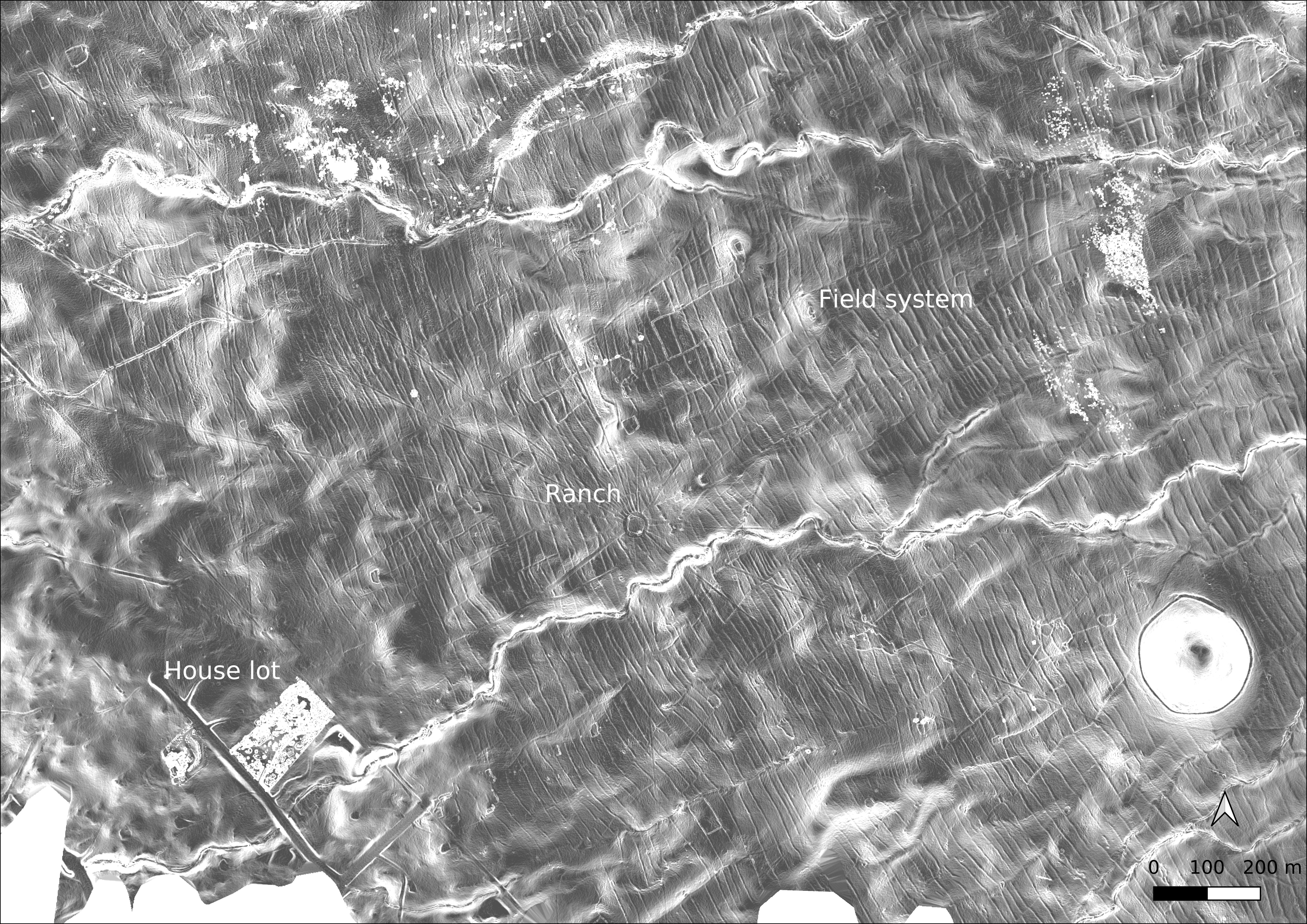
Chronology of Agricultural Wall Construction

Agricultural Sequence at Punaluʻu, Oʻahu
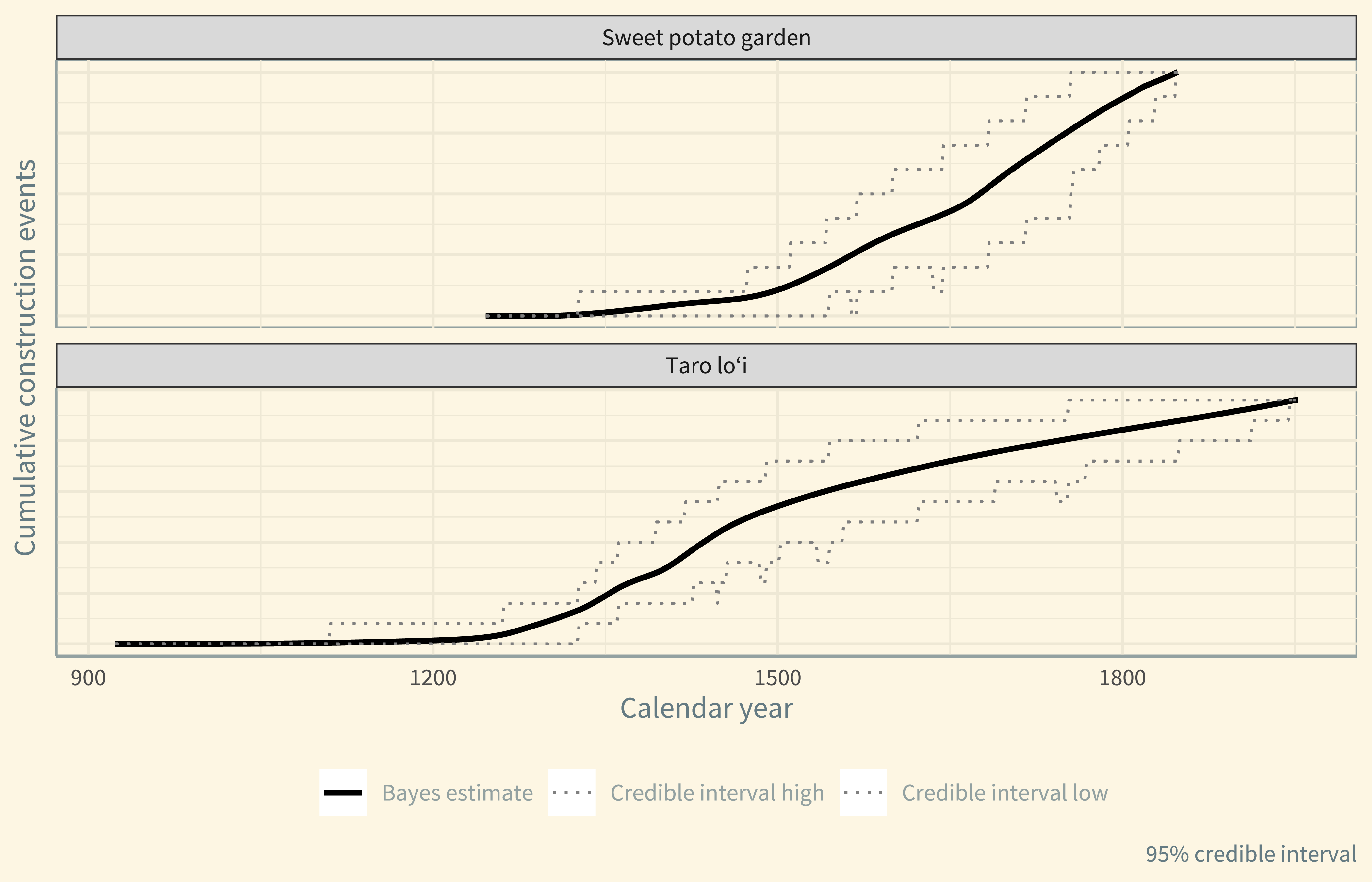
Rain-Fed Agriculture
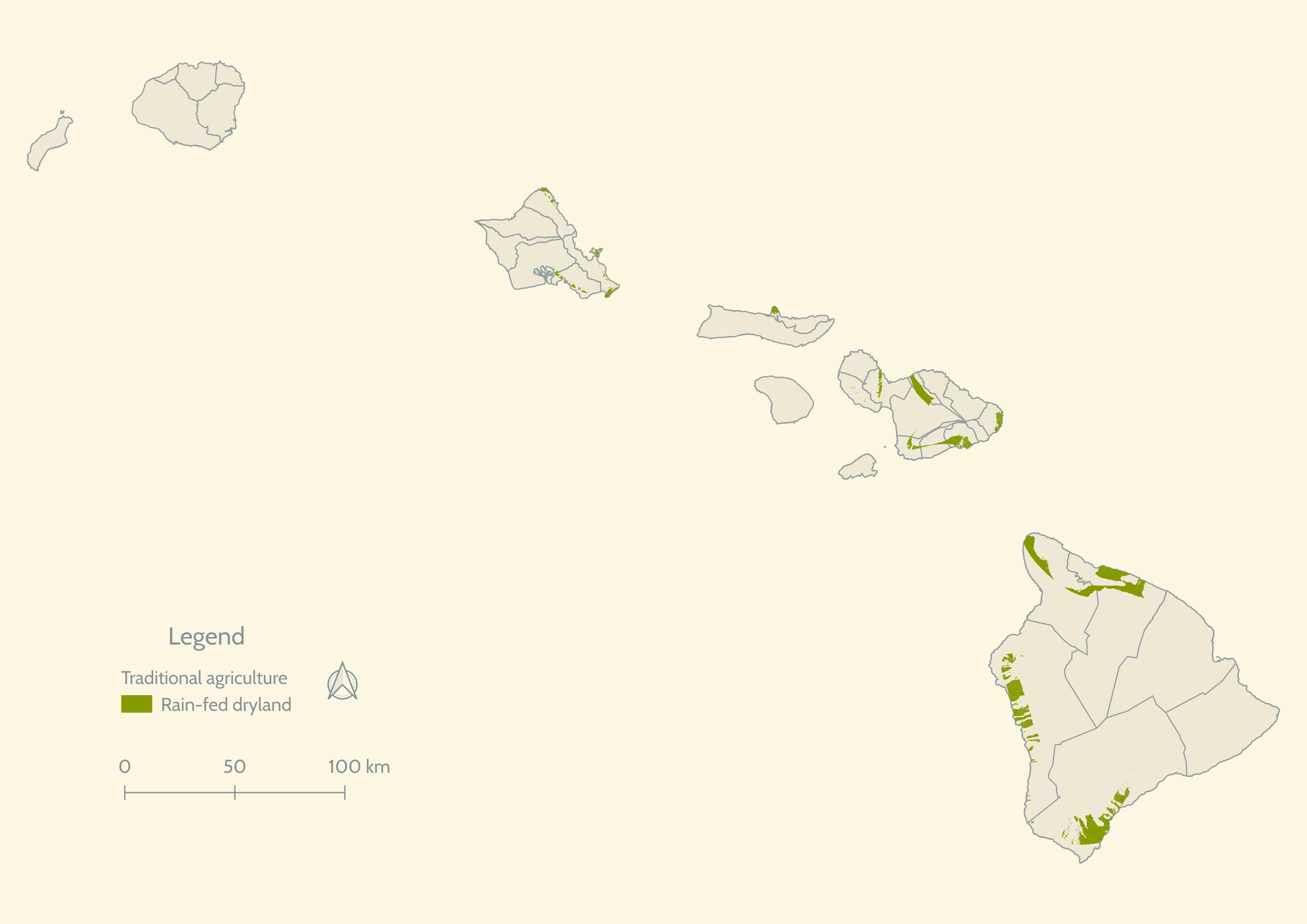
Polynesian Influence on Hawaiian Natural History

Discovery (ᴀᴅ 900–1100)
- Hawaiʻi one of the last places discovered on earth
- Short 700–900 years of influence on natural history
Colonization Period (ᴀᴅ 1000–1300)
- Scant archaeological evidence implies small population
- Introduction of Rattus exulans
- Flightless birds driven to extinction
- Lowland loulu forest replaced by shrubs and grasses
- Kukui groves established
Settlement Period (ᴀᴅ 1250–1500)
- Development of irrigated agriculture in valleys
- Canoe plants established in favorable lowland environments
- Abundant evidence for a growing population
Innovation Period (ᴀᴅ 1400–1850)
- Invention and development of fishpond aquaculture
- Large-scale clearing for sweet potato fields
- Development of largest pig herds in the Pacific
- Māhele land division ends traditional land tenure
Suggested Reading
The chronological framework builds on the chronology developed by Bayman & Dye (2013 Chapter 3). The discovery and settlement of Remote Oceania is based on the synthesis by Rieth & Cochrane (2018). Ad hoc estimates of Polynesian discovery of Hawaiʻi were reviewed by Dye (2015). The Bayesian discovery date estimate was reported by Athens et al. (2014).
The place of kukui in Hawaiian culture and agriculture is comprehensively reviewed by Lincoln et al. (2020). The timing of Polynesian introductions is based on the estimates reported by Dye (2011a). Early dates: Kualoa, see Carson & Athens (2007); Waimānalo (O18), see Dye & Pantaleo (2010); Pololū, see Field & Graves (2008); Kawela, see Weisler et al. (2023).
The effects of early settlement on natural history are set out by Athens et al. (2002). The figures for canoe plant introductions are from Whistler (1991). The photograph and map of loʻi at Mānoa, Kauaʻi are from Earle (1978). The chronology of loʻi construction was developed by Dye (2016). The maps of irrigated and rain-fed traditional agriculture were developed by Ladefoged et al. (2009).
For the historical inference of fishpond construction at Kawela, see Rogers & Weisler (2024). Wood charcoal from the Waimānalo fire-pits was reported by Dye & Sholin (2013). The Lānaʻi fire-pit data are unpublished. The chronology of agricultural wall construction is based on Dye (2011b). The UH archaeology field school at Punaluʻu is reported by Quintus et al. (2023). The dependence of the large pig herds on sweet potato production is discussed by Dye (2014). The traditional Hawaiian land tenure system and its demise during the Māhele are described by Dye (2021).
Bibliography
Bibliography
Bibliography
Bibliography
Bibliography
Bibliography
Bibliography
Bibliography
Bibliography
Bibliography
Bibliography
Bibliography
Credits
Photograph of kukui:
Forest & Kim Starr, CC BY 3.0, via Wikimedia CommonsPhotograph of ʻōhiʻa ʻai:
Forest & Kim Starr, CC BY 3.0 US, via Wikimedia CommonsDrawing of moa nalo:
H. Glyn Young, Simon J. Tonge, Julian P. Hume, CC BY-SA 3.0, via Wikimedia CommonsHerbarium sheet for Kanaloa kahoolawensis: National Tropical Botanical Garden
Photograph of Jerry Konanui in a taro patch: Scot Nelson's Flickr Photostream
Photograph of sweet potatoes:
miya, CC BY-SA 3.0, via Wikimedia CommonsThe map of coastal fishponds was produced by Eric Komori.